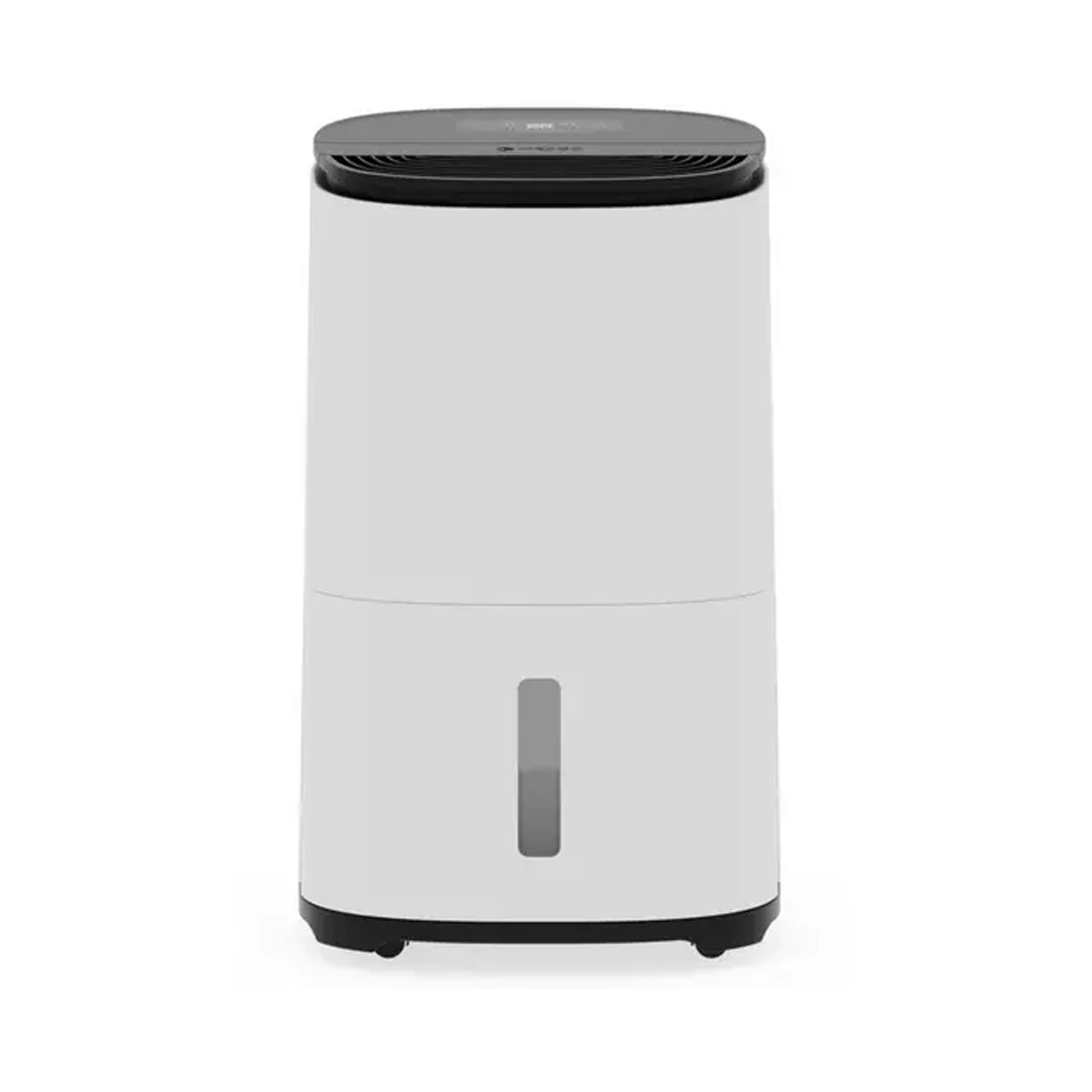Signs you need a dehumidifier – 6 things to look out for, from condensation on windows to musty odours
When is it time to finally invest in a dehumidifier? These tell-tale signs are the biggest indicators
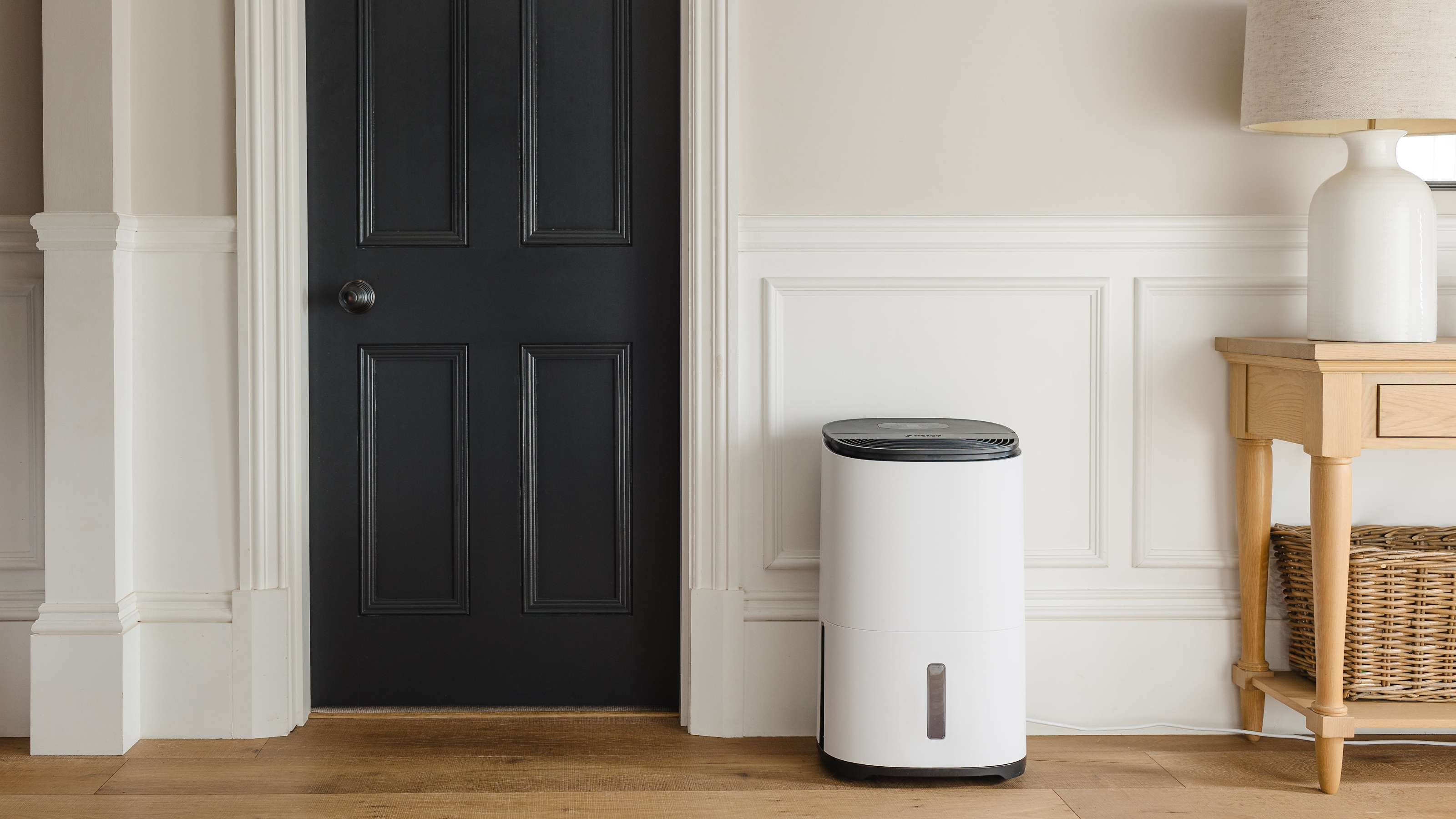

Despite that summer feeling still being present, the change of season is inevitably going to come; bringing with it the cold and wet weather many of us are all too familiar with. Believe us when we say the effects of damp are far from pleasant to deal with, therefore, being able to identify the signs your home needs a dehumidifier is extremely important.
In recent years, the best dehumidifiers have become a must-have for tackling damp and condensation in the home head on. However, with many of the most popular models sporting a hefty price tag, it's only natural that we might need some time to deliberate whether our homes really need one before making the purchase.
To help you figure out whether your home is in dire need of dehumidification, we asked experts to outline some of the most common tell-tale signs you need a dehumidifier – along with our top product recommendations to get the job done.
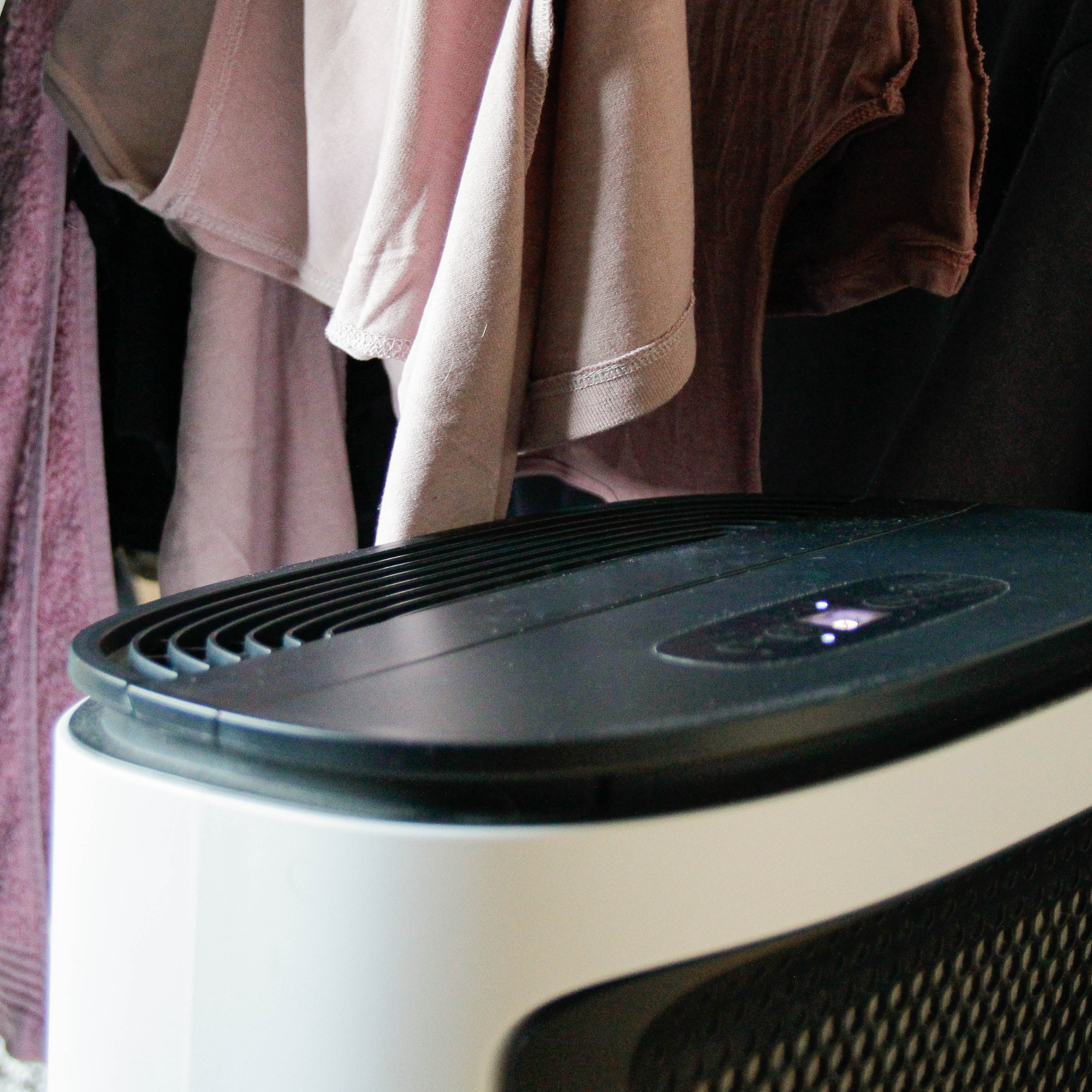
Before beginning to assess any issues, Chris Michael, managing director at Meaco notes the importance of considering the whole home and the number of people occupying it.
'You might only see the problem of condensation, mould, or damp in one room (which will we because the surface is colder there), but there might be multiple sources of moisture,' he explains.
This can include:
- Unused, broken, or missing extractor fans in a bathroom or kitchen
- Drying washing indoors (which we've previously issued a warning about)
- Using a room as an exercise studio
- Above average number of people in the house
- Boiling as the preferred method of cooking
With those sources of moisture aside, here are the most common indicators that your home needs a dehumidifier.
Sign up to our newsletter for style inspiration, real homes, project and garden advice and shopping know-how
1. Condensation on windows
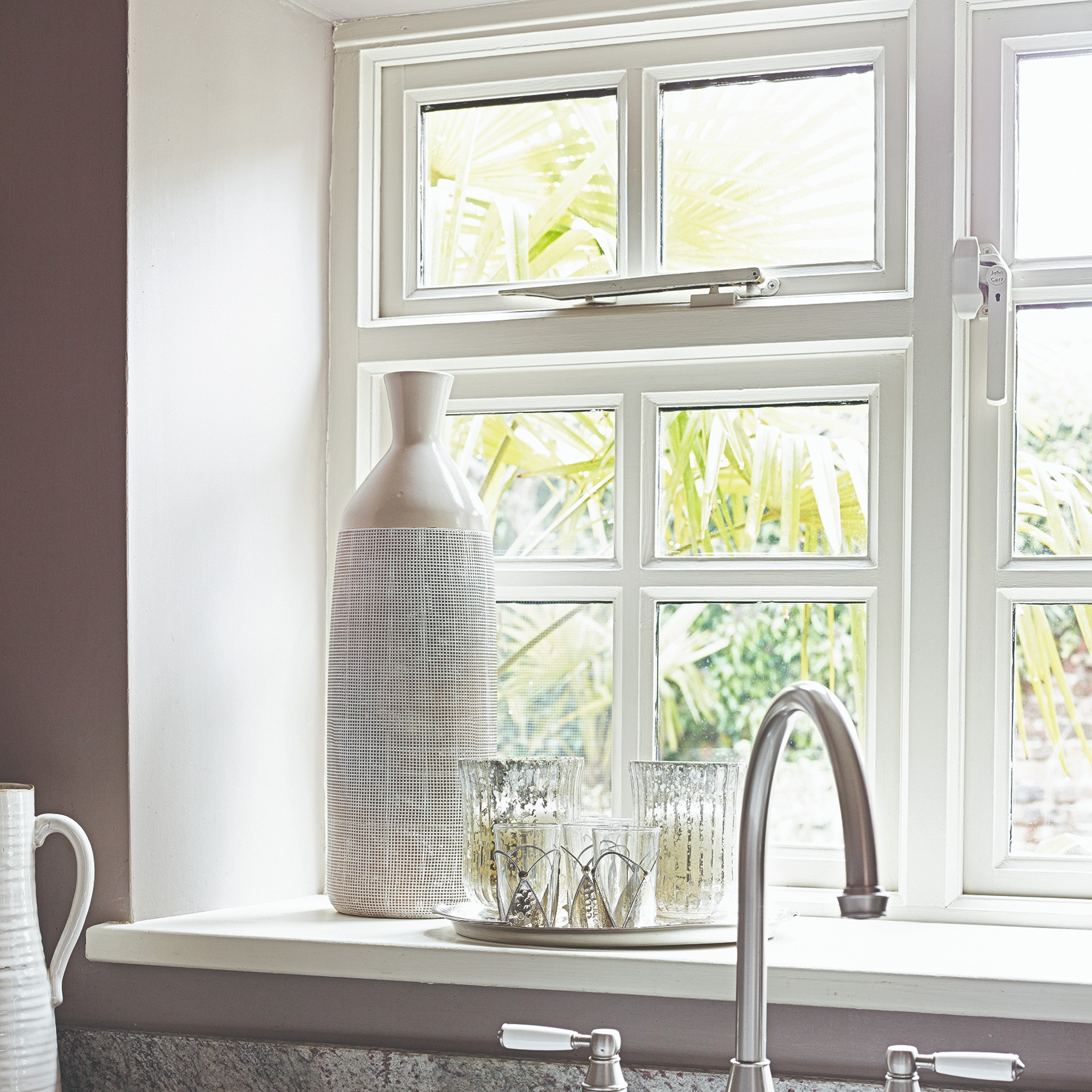
One of the easiest ways to tell whether your home needs a dehumidifier is consistent condensation on your windows. While many of us may be used to this during the colder months, Fantastic Services' professional, Polya Petrova notes that this is actually an indicator of high humidity levels indoors.
While it's best practice to wipe condensation off windows every day, enlisting the help of a dehumidifier can help to ultimately address this issue; giving you the freedom to break away from DIY methods like using salt to stop window condensation.
2. Mould and mildew growth

If your home is suffering from damp, many of us know that it ultimately makes it a breeding ground for mould and mildew growth. Bathrooms, specifically, are a prime location for this – especially where there's a lack of ventilation from having no windows or extractor fan.
While you can consider decorating your bathroom with some plants that absorb moisture to help manage damp, the best solution will be placing a dehumidifier directed towards the issue.
3. Persistent musty odours
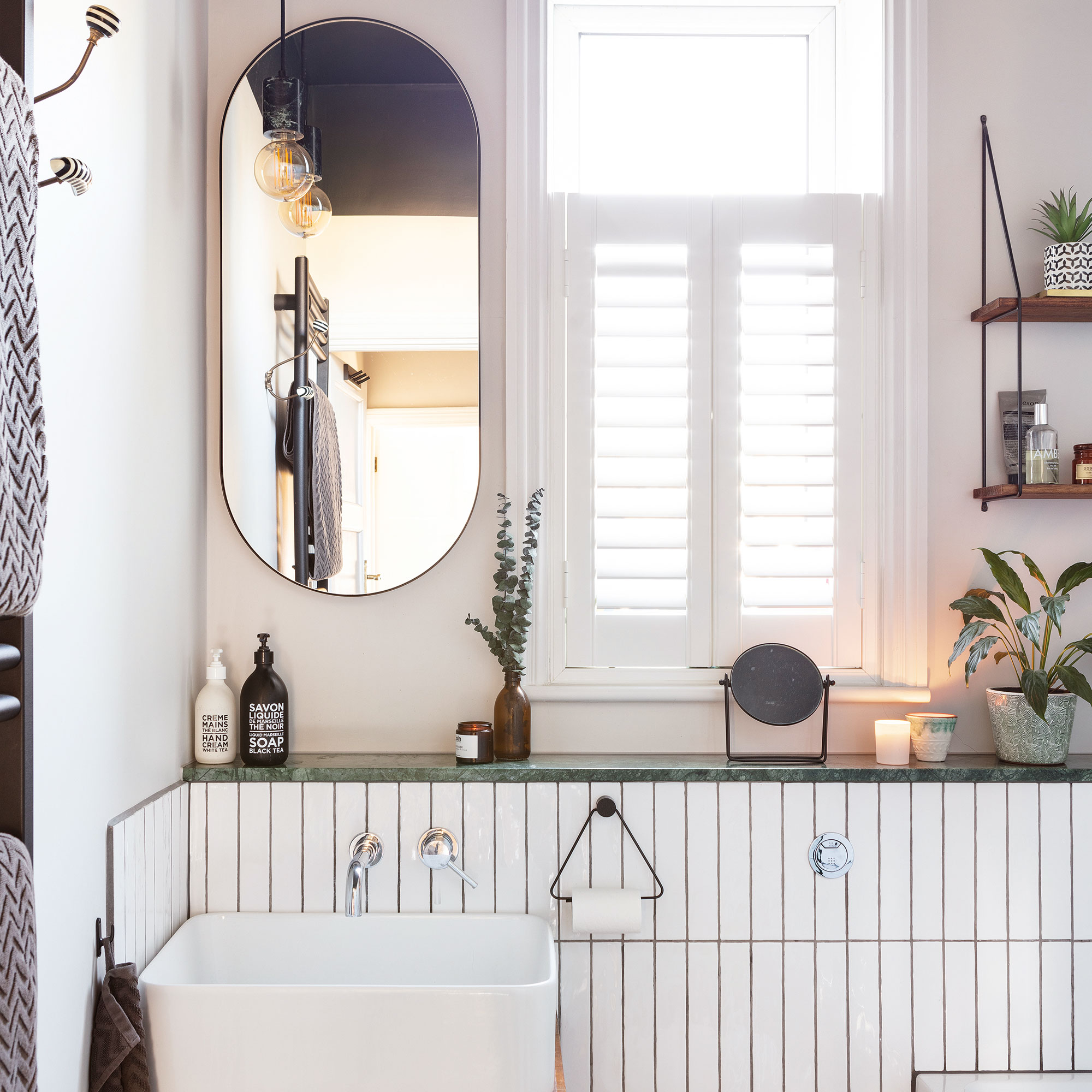
If you're noticing a musty or damp smell lingering in multiple areas of your home, Polya notes that this could be a sign of excessive humidity and mould growth. 'This odour is often most noticeable in basements, bathrooms, and closets.'
Therefore, if you're noticing a musty smell in your bathroom, don't ignore it. Leaving this smell to linger means allowing your home to be at risk from the effects of damp.
4. Problems heating the house
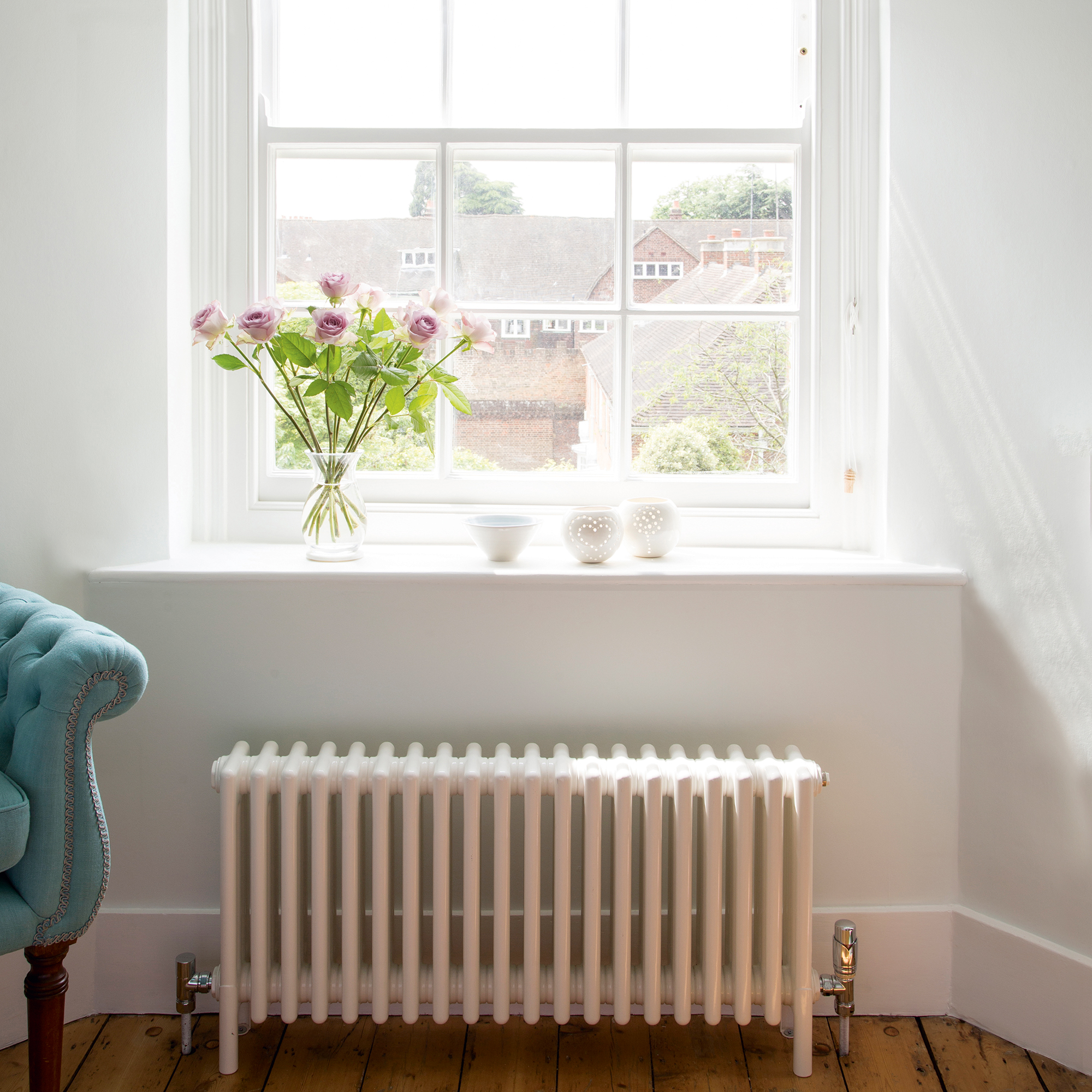
Although we haven't had to worry about heating the house for the better part of summer, when temperatures drop, staying toasty at home will be on our radar again. Chris notes that one of the biggest indicators that you need a dehumidifier is having issues heating the house, known as a 'damp chill'.
Your heating system will have to work twice as hard if you have damp and condensation on walls and ceilings. Investing in a dehumidifier will dry out damp walls first, so when the time comes to heat your home, it'll be easier and more effective, resulting in energy savings at home.
5. Allergy or respiratory issues
If you're experiencing increased allergy symptoms such as sneezing, coughing, or asthma attacks despite using the best air purifier at home, this is a tell-tale sign that you could benefit from a dehumidifier.
Chris warns that you may be having allergic reactions to mould spores or dust mites that are thriving in the humid environment. While dehumidifiers don't clean air, they help lower humidity levels and thus, prevent mould spores and dust mites from clinging to remaining damp.
6. Damage to organic materials

Another indicator that your home needs a dehumidifier is if you've noticed damage to organic materials in your home. 'This can be anything made from timber, fabrics, paper, paintings, books, photos, and so on,' says Chris. These are signs of rising damp that you should be vigilant about.
Polya adds that high humidity can also cause wood to warp and paint to bubble or peel. 'This is particularly common in areas like kitchens, bathrooms, and basements.'
As we mentioned earlier, if boiling is your preferred method of cooking, this could be a factor for increased humidity levels in a kitchen. Without an extractor fan or proper ventilation, this can cause damp issues.

If the above indicators apply to your current living situation, investing in a dehumidifier could well worth be the solution you need to help manage high humidity and increasing damp levels in your home.
If you don't know where to start, below are our three of our favourite dehumidifiers we've tried and tested to meet your needs.
Our top dehumidifier recommendations

Of course, there are many factors to consider before buying one such as ensuring you buy the right size dehumidifier for your home and specific issue and being careful to use it the right way, especially during the winter months.
However, taking the leap and investing in a dehumidifier is the first of many steps to finally addressing damp concerns in your home; which is a great feat in itself.

Jullia was Ideal Home’s Junior Writer from 2022-2024 and the Ideal Home Certified Expert in Training on Vacuums having spent over 60 hours testing different models. She’s always loved all things homes and interiors, graduating with a bachelor’s degree in Architectural Studies from the University of Nottingham where her love for writing blossomed following her internship at ArchDaily. Now focused on home tech and cleaning, Jullia works on writing features and explainers to help people make the most of their home appliance investments, putting the newest launches through their paces. When she isn’t writing, she loves exploring the city, coffee shop hopping, and losing hours to a cosy game or book.
